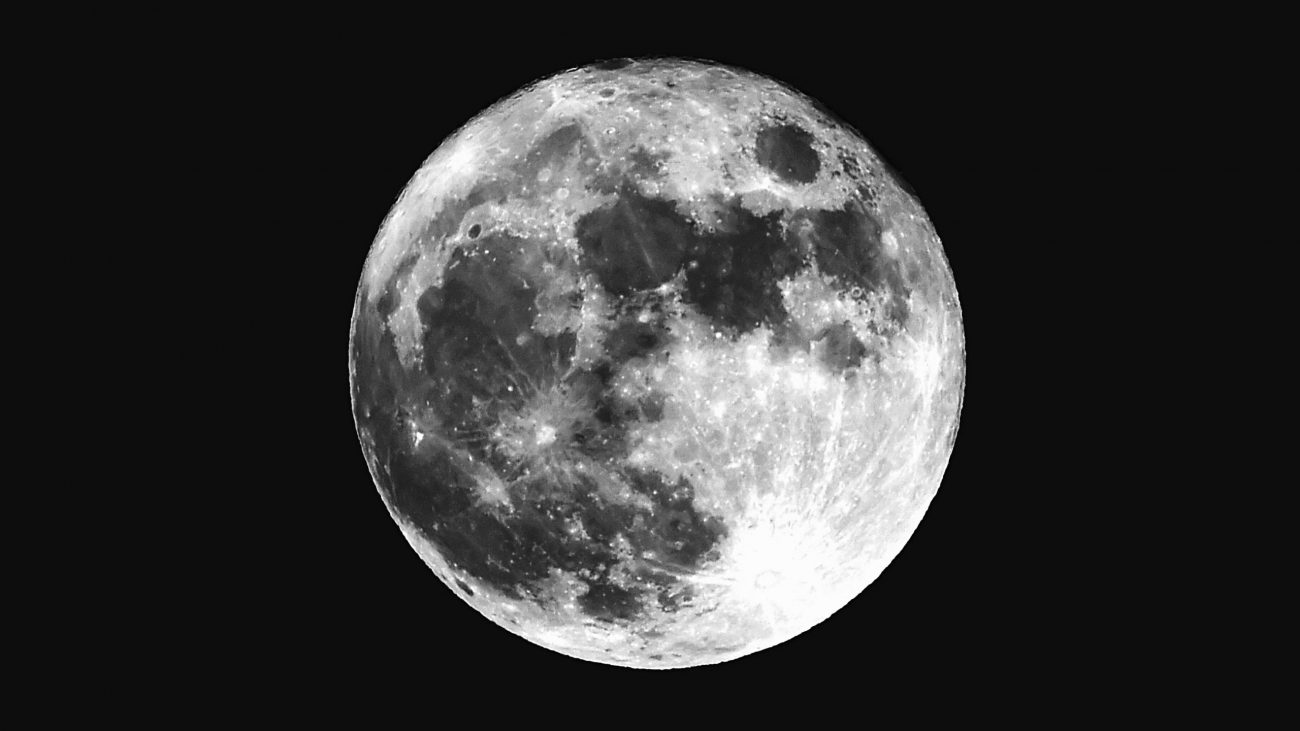After recently claiming to discover a new mineral on the moon, the Chinese Academy of Scientists found more water on Earth’s natural satellite than previously explored, according to reports.
North Korea Is ‘Preparing’ For Its 7th Nuclear Test; Can US, Japan & South Korea Pin Down Kim Jong-Un?
US Army’s AH-64E Apache Helos To Get ‘Multi-Sensor’ Air-To-Ground Missiles; Will Replace Aging Hellfire Missiles
According to a recent analysis of the lunar rock samples returned from China’s Chang’e 5 rover, there may be more water present than believed initially at the landing site of the Chinese mission.
A study of lunar minerals conducted by scientists from the Chinese Academy of Sciences has concluded that most of that water comes from the sun, Hong Kong-based South China Morning Post reported.
Just a few days ago, on September 9, China’s National Space Administration (CNSA) and China Atomic Energy Authority (CAEA) jointly announced that researchers studying samples returned from the Moon by China’s Chang’e-5 mission had discovered a new lunar mineral.

In addition to being the first robotic lunar sample return since the Soviet Union’s Luna 24 mission in 1976, the Chinese mission also used its lander to report the first-ever on-site evidence of water.
In December 2020, the Chang’e 5 expedition landed on the moon and dug up the youngest lunar samples ever gathered.
Chang’e 5’s samples returned to Earth later that month when an ascent vehicle quickly blasted off from the mission’s landing location in Oceanus Procellarum (the Sea of Storms). It brought about 1.73 kilograms of lunar soil from the enormous volcanic complex on the moon.
In June this year, the scientists officially revealed the finding in an official journal, confirming the presence of water on the site.
“For the first time in the world, the results of laboratory analysis of lunar return samples and spectral data from in-situ lunar surface surveys were used jointly to examine the presence, form, and amount of ‘water’ in lunar samples,” co-author Li Chunlai, a planetary scientist at the National Astronomical Observatories of the Chinese Academy of Sciences (NAOC), at the time said in a statement.
At the time, a group of Chinese scientists identified the surface water concentration at the Chang’e 5 landing site as low as 30ppm. However, another study has now made stark revelations about large water concentrations.
The Sun, The Moon, And The Water
The Chinese researchers have reported their findings in an article published in Nature Communications. The water concentration at the sampling site was at least 170 parts per million (ppm), or 170 grams per ton of lunar soil.
According to paper co-author Li Xiongyao from the Institute of Geochemistry in Guiyang, the water, which primarily takes the chemical form of hydroxyl (OH), a close chemical relative of free water (H2O), forms as hydrogen ions in the solar wind, bombard the moon’s surface and interact with oxygen atoms in the soil.
One of the significant ways in which water is generated on the moon is through a process known as solar wind implantation. Other water sources, according to Xiongyao, included the moon’s interior from when it was still a lava ocean, as well as meteorites or comets that collided with the moon’s surface.
The surface water concentration at the Chang’e 5 landing site was found to be as low as 30 ppm by a team of Chinese experts in June. The National Astronomical Observatories-led team concluded that the moon’s interior, as opposed to the sun, is the primary water source in their research.

However, Xiongyao and his coworkers discovered that minerals make excellent water reservoirs. The surface of the mineral particles in the Chang’e samples exhibited water content of more than 6000ppm, according to a thorough study of the samples’ mineral particles.
They also discovered that the surface of the minerals was highly deficient in the hydrogen isotope deuterium and exceptionally abundant in hydrogen.
Deuterium, an isotope of hydrogen, is exceedingly rare on the surface of minerals, which fits the solar wind’s hydrogen and deuterium composition since the sun used up all of its deuterium in nuclear processes during the early stages of its existence.
Similar amounts of water were present in samples returned by the Chang’e 5 and NASA’s Apollo lunar missions, according to Xiongyao.
Xiongyao pointed out that even though 170ppm is significantly higher than previously believed, the Chang’e 5 landing site is likely still as dry as a desert, making it difficult to harvest and use that water. It is worth noting that the US has accused China of mining the lunar surface for resources to occupy the entire moon one day.
China’s ‘Moon-High’ Space Aspirations
To compete with the US in the new era of space exploration, China wants to conduct three unmanned missions to the moon over the next ten years. The Chinese lunar missions have been further encouraged after its new mineral discovery, projected as a historic feat by the state media.
The state-run CCTV reported that China’s National Space Administration had been permitted to send three orbiters to the moon as part of the Chang’e lunar program.
After the US’ Artemis I mission, it is first significant attempt to return to the moon in fifty years, was delayed a few days ago, the two sides began trading barbs against one another. According to NASA Administrator Bill Nelson, China has come under fire for space debris and stealing space technology.
Space News earlier reported that China is making headway on developing two super heavy-lift rockets for crewed missions and infrastructure launches to the moon. With its new rockets, China will be able to undertake quick lunar landings before 2030 and deploy substantial infrastructure to the moon after that.

Though a crewed lunar landing has not yet received official approval from China’s government, the country’s space players and state media are openly discussing their plans to send a crew to the moon even as Artemis is set to take off.
According to Chen Xiaofei of the general design department at the China Academy of Launch Vehicle Technology (CALT), progress on the rockets—a new generation crew launch vehicle and a super heavy-lift launcher known as the Long March 9—has been proceeding on schedule.
- Contact the author at sakshi.tiwari9555@gmail.com
- Follow EurAsian Times on Google News




